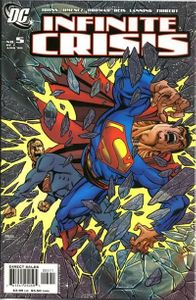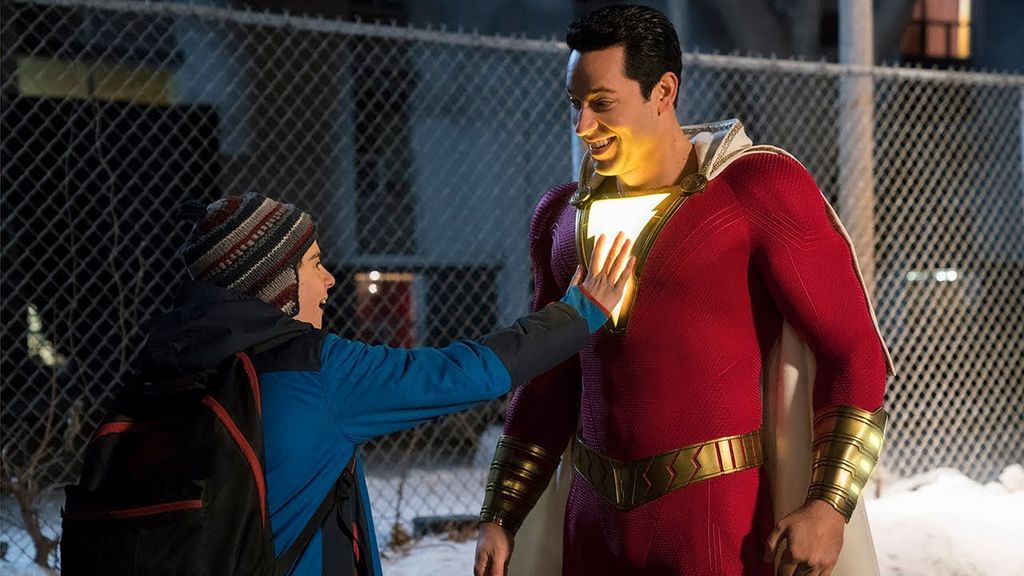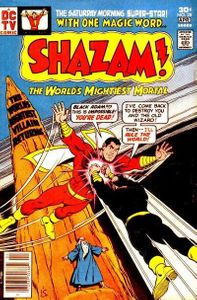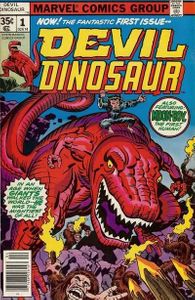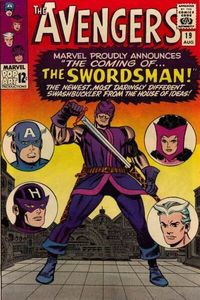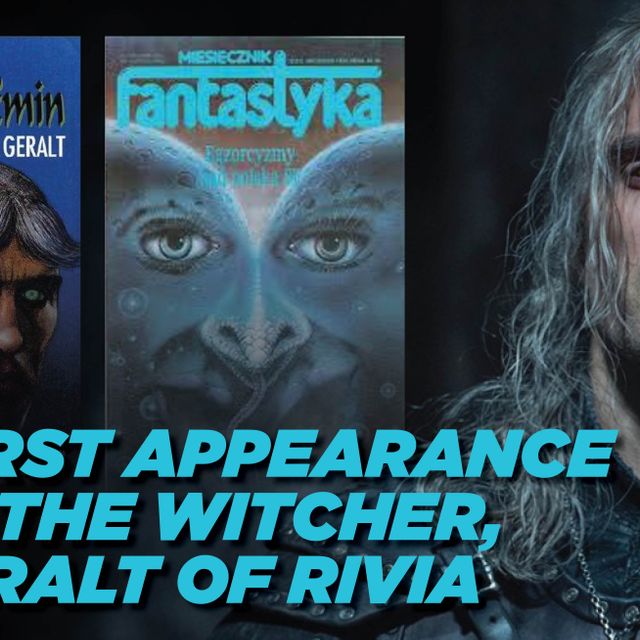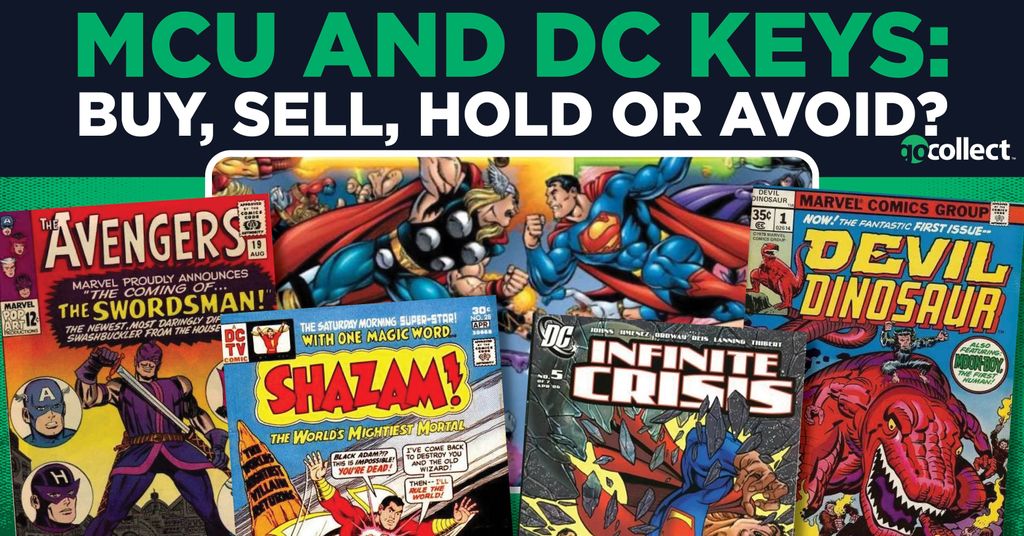
The Bug is Squashed on Arrival
Youth Push Wide Right
The character of the Blue Beetle has a long comic book history; multiple individuals have used the moniker. The most recent bearer is Jaime Reyes, one of the younger versions of the Beetle. His film treatment announcement sent fans scurrying for his keys.
Jaime's first appearance was in Infinite Crisis #3, but most fans went after Infinite Crisis #5, when he appeared in the new Blue Beetle battle suit. These books were inexpensive but people purchased them in hopes of scoring big. That potential seems to be already disappearing before the movie has even reached theaters.
Danger Ahead
Blue Beetle is scheduled to hit theaters on August 18. This is a bad time for ANY film to be released because actors are currently engaged in a strike. This means that many actors are not promoting their films as a sign of solidarity with their peers. A young actor like Xolo Mariduena (aka Jaime Reyes in the film) may wisely choose not to make any promotional appearances out of fear of reprisal later in his career.
This fact, along with a lack of positive buzz, has the film currently expected to earn $12-17 million dollars for its opening weekend box office. This is not good news for those holding Jaime Reyes' keys.
Comic Bloodbath
Blue Beetle was an attempt to mimic the MCU's past successes. Marvel has gone younger to target a wider fan base and this was the DCU's attempt to cover that ground. This was also a way to use more obscure characters, like the Guardians of the Galaxy, instead of focusing on Batman, Superman, and Wonder Woman.
The problem is that DCEU already attempted these types of offerings with mixed results. Holding onto these keys in anticipation of a bounce from a successful film is not looking possible. This character's keys may be dropping in price as a result of the film. Blue Beetle just may not have the staying power investors assumed he would possess.
Say His Name
Betting on Past Successes
Shazam was a modest success in the DCEU that played to a more youthful demographic. It brought in a fair profit for a film with a character that was not a DC Comics iconic hero.
The character was a hit for fans who liked the action story mixed in with bits of humor. Zachary Levi brought the youthful naivety that made Shazam (Capt. Marvel to Fawcett fans) a successful comic movie.
Not only was a sequel in the works but a related project with a major actor in it as well. Greed is supposedly locked up in the Rock of Eternity, but sadly it must have escaped for a time and retreated to the offices of some studio executives. They saw dollar signs and not the train that was slowly going off the rails.
Box Office Poison Part One
Fans targeted Shazam #28 in a fury to take advantage of the movie news that Dwayne "The Rock" Johnson would be playing Black Adam. The success of Shazam coupled with his box office appeal had fans looking for any Black Adam key. Black Adam's first appearance was beyond the reach of most speculators and collectors, so this was a nice alternative.
The second-ever appearance, but the first in the Bronze Age, rose on the hot charts in anticipation that Black Adam and Levi's Shazam would meet on the silver screen. Instead, fans got a Black Adam stand-alone film that flopped.
Box Office Poison Part Two
Shazam! Fury of the Gods also flopped at the box office. The story was not as compelling as the original even though it featured a star-studded cast. Fans expected Black Adam and not the characters in the sequel. Studio executives changed and none really wanted to take credit for this now orphaned project.
The lack of promotion was the final nail in the coffin for this sequel. The film received very little promotion and was somewhat set up for failure. The lack of involvement from the studio was considered a vote of no confidence in the film. Studios bet on these films and lost, but they were not the only ones.
Capt. Failure
Investors who bet on Shazam and Black Adam keys saw very little rewards. Many copies of Shazam #28 were seen at LCS and conventions being offered at reduced prices that still drew very little interest. Marvel Family keys were even colder. Betting on the DCEU failed because a lot of their films also failed.
Patterns Emerge

Batgirl never was released. Wonder Woman 1984, The Suicide Squad, and Birds of Prey failed to deliver. Even the return of Michael Keaton as Batman could not save The Flash. Fans who invested in affiliated keys with these movies saw less than favorable returns for those issues.
One reason is that the market for DC Comics was soft, so not even a good movie could help. Another complication is that fan-based comic book returns on past MCU successes. The problem is that even properties affiliated with Marvel are not guaranteed to succeed now.
Devil is in the Details
Missing the Moving Target
The MCU mined the Bronze Age for film ideas and subjects. Taskmaster, Guardians of the Galaxy, Ant-Man and other first appearances all were in the Bronze Age. When it was announced that Devil Dinosaur would be involved in a media project fans flocked to the keys. Devil Dinosaur #1 was now in demand.
Those who could not afford the Bronze Age key moved on and targeted Moon Girl and Devil Dinosaur #1. Other fans speculated on potential villains and went after those inexpensive keys. Fans bet on past Marvel successes and believed this would be one too, until they saw the finished product.
Bait and Switch
FOMO and the Internet hype machine create a frenzy not based on facts and the Devil Dinosaur speculation was a prime example of this type of thinking. Instead of an MCU film or television show, Marvel made Devil Dinosaur into a children's cartoon. Fans were not thrilled, thus very few people sought those once prized keys. Again many copies that were picked up after the announcement were met with little to no demand in the market. Mid-grade keys would appear in hopes that someone, anyone would buy them. The cartoon produced very little interest and thus these books saw the same result.
The End Product Matters.
Not all projects were created equal. Buyers ran to the keys with only bits and pieces of the production details in hand in anticipation of making a large sum of money or to score a potentially hot key for a collection. Instead, many were left overpaying because of the dreaded FOMO.
The blood was red with sharks trying to make money leaving very little margin for error. Sadly, many could not escape those currents. She-Hulk keys, anyone?
A Proper Course Correction
What Am I Doing Wrong?
GoCollect has a great team of writers. Matt Tuck and Douglas Ohlandt produce great articles on upcoming film and tv projects and their undervalued related keys. That is information that is important to know; the problem lies in how people utilize that information. An investment is considered successful if it produces a 7% return on investment per year.
Comic book investors take the information produced on this site and want more than a 7% return. Readers should take the information that is being reported and use it but with realistic goals. Remember comics are considered alternative investments, not lottery tickets. A small return is in fact a good return, so aim small miss small applies here.
Change Goalposts
Many of the books listed also should be evaluated for both short and long-term potential. Investing in a Captain America sequel by purchasing modern Winter Soldier keys may have a very short shelf life, but buying Avengers #4 in any grade may have great long-term potential. The same can be true with a book like Avengers #19. Investing in the Swordsman after the Hawkeye television show may seem counterintuitive, but remember this book was published in 1965.
How many higher-grade copies exist now and will exist in the future? Again the short-term gains may be gone but holding it for a few decades may produce that 7% return, and that is then a good investment.
Red Ocean Blue Sea
The final way one can profit from movie and television books is to just stay away from them. Many of the GoCollect writers select books that are ignored by many fans. That does not mean they are off EVERYONE'S radar. In the hobby, there exist many subgroups. These people collect or invest in books that others ignore. Exploiting these types of opportunities is one way to score a nice profit. Right now, fans are chasing Mr. Terrific keys, but how many are looking for Muppet Babies #10 or rarer last issues of Bronze Age titles? Those books have a dedicated market and yet rarely are mentioned as good buys.
Dive Deeper
A book may appear on a hot list, but that could be because of the sheer volume of people that are dumping it. Avengers #1 may not appear on a hot or cold list, but checking the sales data for even low-grade copies may reveal great buying opportunities. In addition, finding a Golden Age book out in the wild that has a low census number may reveal a hidden gem or a book to avoid at a given price.
Conclusion
Change or Die
Many things change over time. An investment strategy is a methodology that should also evolve. Years ago everyone invested in the dot com market. The belief was that investing in a dot com company was a guarantee for success. People initially saw great returns on all these investments. There was no wrong decision when it came to picking a dot com company.
Then people started to change. A company's bottom line or vision was now deemed more important than having a web address and catchy commercial. Chewy may be successful now, but let us not forget everyone who invested in Pets.com and lost their shirts.
The Truth is Out There
The market is changing. People are setting their spending limits lower than they once did. Speculators with very little interest in the hobby are putting their money elsewhere now that the market has cooled. These changes now mandate re-thinking investing blindly in comic book-related movies and television shows.
Collectors and investors need to find out as much information as possible before they act. They must also have realistic goals that are now achievable rather than those based on past successes. Finally, hobbyists need to study the data regularly to determine what is in their own best interests.
Collectors Not Immune
A number that changes that causes concern should be evaluated to determine if a course correction needs to be made. The changing market is impacting collectors and investors. Not rethinking buying strategies to match the current market may cost an investor lost profit, but collectors are also impacted. A collector who buys a book one week that drops in price 90% the next based on the comic book market is not maximizing their collection to the fullest.
Investors try to make money by studying the market while collectors look to save money to provide more buying power to add to their collections. Both groups must now evolve. Bob Dylan once sang The Times They Are A-changin'. So must comic book investors and collectors.

